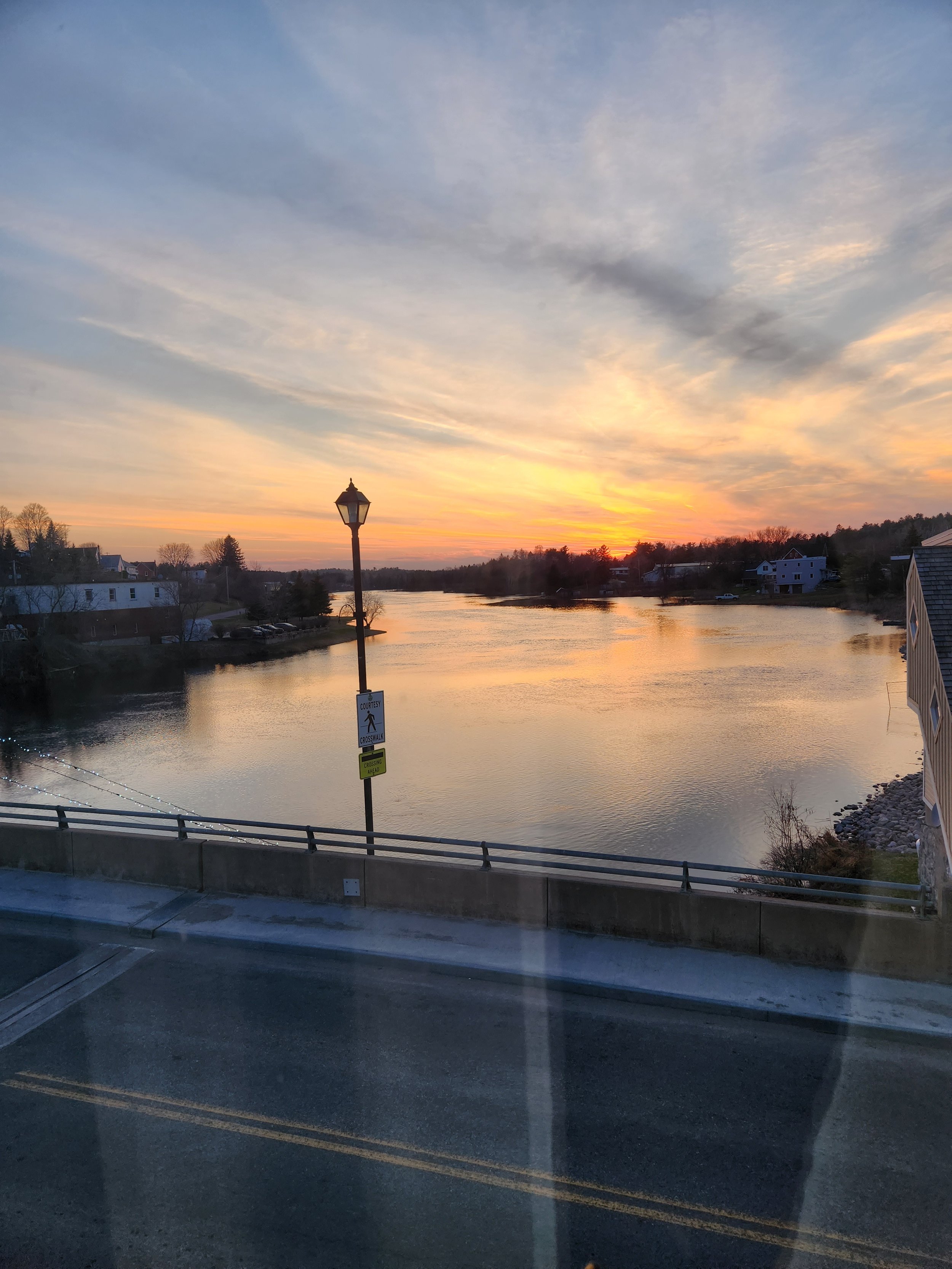
Our history is:
Written in Stone
Our Geological and Fossil History
Carved in Wood
Our Logging History
Silvered in Water
Our River and Cultural History
Our Archive
Search our online archive of articles and photographs of the history of the Bonnechere Valley
-
Bonnechere Museum recognizes that the Bonnechere Valley has three primary natural symbols or totems:
rocks, trees, and water.
We have organized our archive around these 3 pillars.
-
Our Bonnechere history is written on stone, wood, paper and the hearts of those who love the Bonnechere valley.
We have an extensive archive of articles about our history and we are continually updating it.
Use the search function below to search our articles.
Know what you’re looking for?
Written In Stone
As the Ordovician Capital - we have a growing collection of fossil resources that detail our past as Written In Stone.
We encourage you to find your own fossils in the area — on your own or on one of our Fossil Hunts!
And if you’d like to donate fossils to us, we’d love to add them to our collection.
We house a large collection of articles on our Geologic History in the Written In Stone section of our archive.
Carved in Wood
Our history from the 1700s to now is closely linked to the lumber industry.
The first growth pineries provided masts and lumber for England’s shipbuilding as well as later housing and industrial markets both in Canada and in the United States.
To this day, many workers in the Bonnechere Valley continue to earn a living from wood or wood-related industries.
We house a large collection of articles on our Geologic History in the Carved In Wood section of our archive.
Silvered In Water
The Bonnechere River is one of 7 major rivers which flow off the Algonquin Dome, a unique watershed divide between the Ottawa Valley and Georgian Bay.
Our river stretches 145km from near McAskill Lake in Algonquin Park to the Ottawa River at Castleford and drains 2400 square kilometres.
This has resulted in:
a fertile valley watershed where indigenous peoples settled and live
mills and hydro stations to make use of the water’s energy
tourism around our beautiful lakes, rivers, and streams
We house a large collection of articles on our Geologic History in the Silvered In Water section of our archive.






